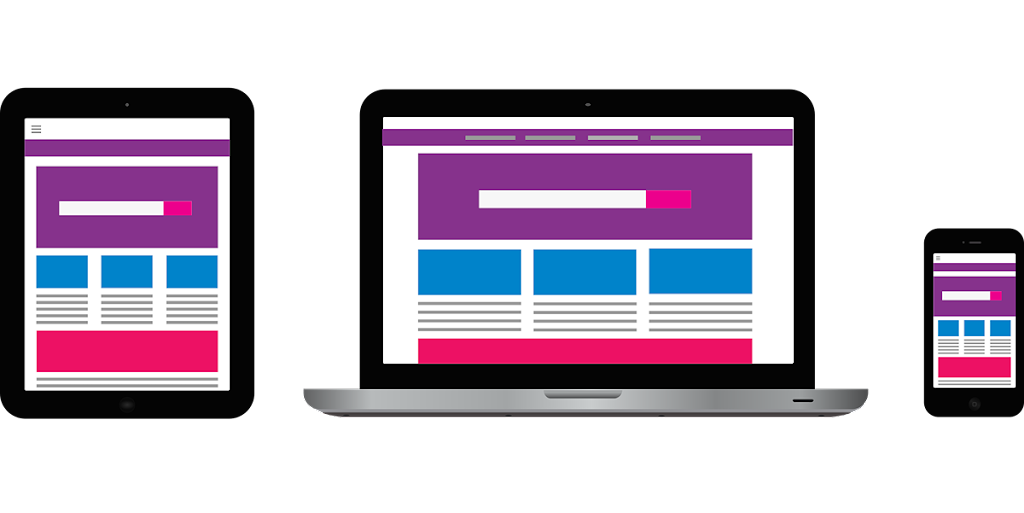Introduction
No longer needing armies of computer programmers or years writing millions of lines of code, “no-code” revolutions empower anyone to create real web, mobile and database solutions themselves without coding expertise through intuitive visual interfaces and prebuilt functions. Much like early website builders facilitating templated pages requiring little technical skill, modern no-code platforms enable welding together more advanced applications with sophisticated back-ends faster using just keystrokes and mouse clicks. This guide explores the capabilities and top options within the no-code movement today democratizing software creation for less technical users across backgrounds to collaboratively turn ideas into digital realities supporting individual or shared objectives.
The Promise of No-Code Platforms
No-code platforms aim guiding anyone through app creation focusing efforts instead on unique needs rather than programming itself. They mask unneeded complexities letting creators visually connect pre-made components like building blocks logically through:
- Interactive Editors: Configure app layouts, workflows and logic diagrams by dragging, dropping and modifying versus syntax-heavy coding.
- Custom Functions: Attach pre-made calculations, data operations and API connections you customize through variables versus scripting everything yourself line-by-line.
- Media Integration: Weave dynamic charts, images and videos seamlessly without libraries or hosting separate.
- Responsive Design: Preview sharply across desktop or mobile form factors instead of needing code expertise tackling responsive front-end design intricacies across devices.
- Team Workspaces: Enable real-time collaboration helpful managing initiatives across marketing, product IT and external agency partners.
- Deployment Support: Launch finished apps hosted securely in the cloud or privately on premises without extensive web server management training.
 |
| A no-code platform blueprint of developing |
Common Strengths of Leading No Code Platforms
As no-code platforms continue maturing into faster, more full-featured solutions gaining traction even among more technical teams seeking workflow efficiencies, common reliable capabilities users enjoy include:
- SaaS Access: 100% web-based IDEs facilitating immediate onboarding without installs each user needing software downloaded.
- Rapid Prototyping: Test concepts faster building clickable models early identifying best directions saving resources.
- Robust Scripting: Expand limitations utilizing Javascript, SQL, APIs and scripting accommodating some code for advanced cases.
- Third-Party Integrations: Connect popular SaaS platforms using embedded connectors avoiding separate coding needed.
- Governance & Security: Manage multi-environment permissions, compliance policies and data securely especially for enterprise.
- Scalability: Expand storage, bandwidth and compute power demands automatically supporting growing user bases with paying tiers.
Evaluating Top No Code Platforms
With various editor approaches, learning curves and specialty strengths defining individual no-code platforms sorting leaders depends on user objectives spanning:
- Appian: Well suited for building enterprise process automation and workplace productivity-boosting solutions thanks to native BPMN support, forms builders and DevOps in one integrated cloud platform.
- Bubble: A web-focused workflow hosting finished responsive browser apps linking interface screens, client-side logic and server data operations with plugins facilitating third party functions.
- Airtable: Blends spreadsheets, forms and databases into a collaborative canvas to visualize data as the core of applications. Great for non-technical business teams.
- Thunkable: Code-free environment ideal for basic mobile apps using an intuitive drag-drop editor mirroring native Android and iOS constraints for installable user tools needing simple UIs with less data logic.
- Glide: Robust custom mobile and web apps accessible through both builder and spreadsheet-like interfaces enabling diverse teams to standardize solutions tailored exactly for evolving internal needs.
The Future of No-Code Expansion
While still evolving stronger enterprise reliability credentials gaining IT trust in regulated sectors, no code continuously improves increasing sophistication without losing user friendliness for lighter scenarios ideal empowering digital transformation embracing upskilling workers of all backgrounds contributively improving operations through purpose-built automation. User interfaces grant glimpse into underlying advanced concepts like databases, API integrations and application logic helping demystify deeper complexities humanized through no-code’s visual guides and guardrails.
Conclusion
No longer remaining exclusively the realm of specialized engineers, no-code solutions continue unlocking accessibility allowing broader people participating technology solution building aligned with personal and professional objectives. Pre-built modular functions with documented best practice examples enable custom creation without reinventing foundations enabling more dynamic experimentation rather than textbook theoretical coding skills alone. Just remember, with no-code’s simplifying power also comes responsibility for steering efforts ethically and inclusively guiding teams holistically solving problems benefiting business and society rather than quick profit alone. But by anchored priorities rooted benefiting people first, no-code productivity offers immense potential improving lives when priorities stay focused uplifting lives at all stages.


